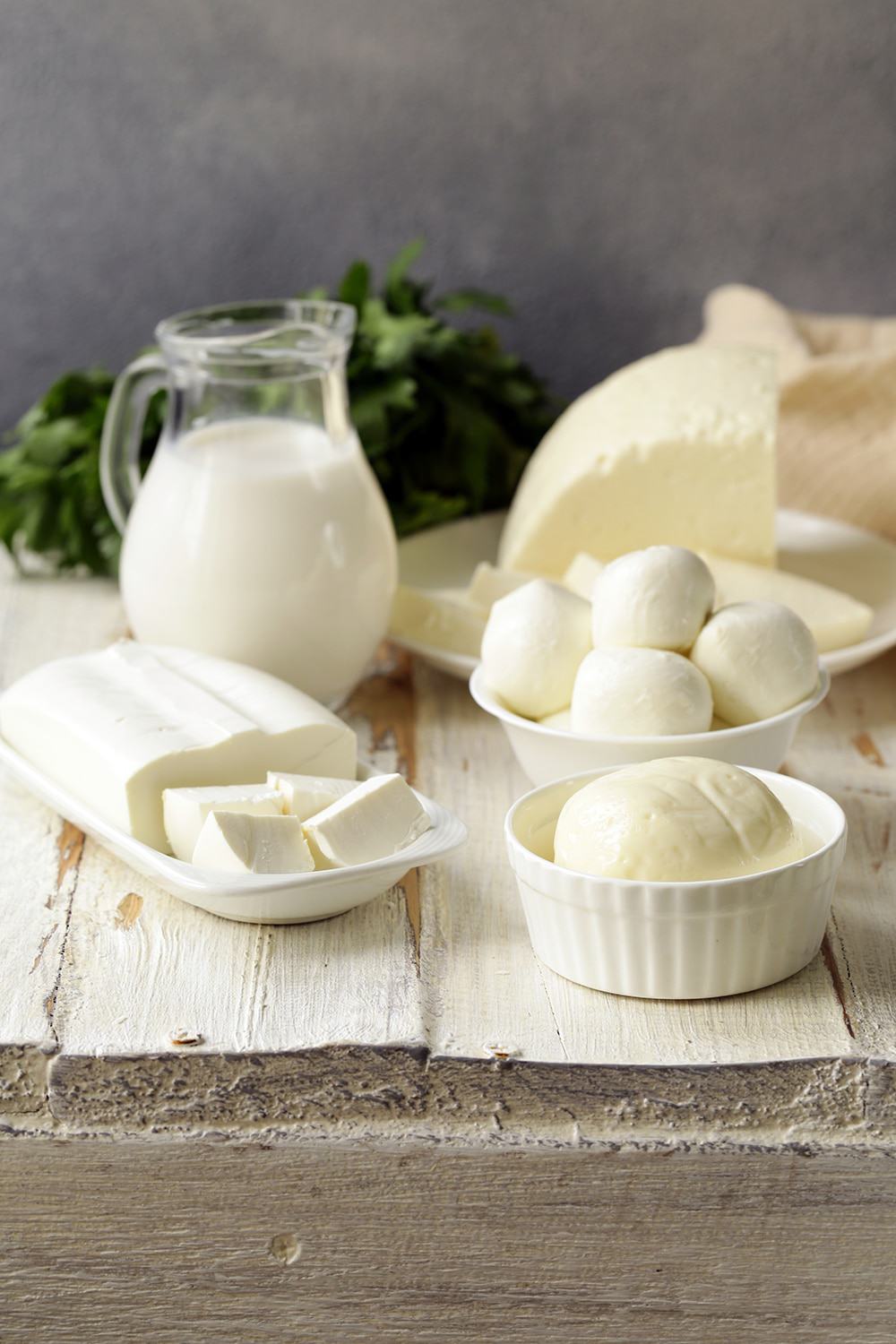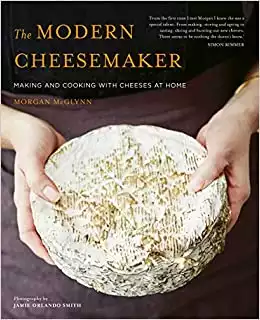Do you know the difference between the various soft cheeses and their uses? If you don’t use them often enough, it can seem a little daunting to work out when to use which and what each is best suited for.
Most soft cheeses have a short shelf life of just two weeks, so you want to make sure you buy what you need and then use it as soon as possible afterwards.
With so many cheese options as a kitchen palette, you’ll be able to fill your menu with new flavours and textures, from starters to mains to sides.
How about a herb and ricotta loaf, fresh out of the oven, slathered with even more ricotta and drizzled with maple syrup? You could also go for cheese blintzes, those light and airy, filled and rolled crepes, using cream cheese and a side of blueberry compote.
The perfect partner for a passionfruit cheesecake is cream cheese, whipped and then baked to a smooth and silky guilty pleasure. For that classic Italian dessert, tiramisu, what other soft cheese would you use except the traditional mascarpone?
We’ll try steer you in the right direction to help substitute one for the other if you don’t have it in the fridge, or as a guide to choosing the right one when you’re next facing different options in the supermarket.
Cream Cheese
A soft, mild-tasting fresh cheese made from milk and cream
Usually used in cheesecake, savoury spreads, pâtés, sauces and cake icings
Cream cheese needs to be at room temperature when making cheesecake
Matches well with boiled or baked potatoes
Has a fat content of 22-23% so won’t curdle when heated
Can be used instead of butter when making icing, as in carrot cake icing
Cottage Cheese
A fresh cheese curd product with a mild flavour
Usually used to make spreads, pâtés and dips
Goes well with fruit and savoury snacks
Comes in a smooth or chunky texture
Can be found plain or flavoured
Contains very little fat – not more than 4% and sometimes none at all
You can use ricotta cheese as a substitute for cottage cheese
Creamed Cottage Cheese
Plain cottage cheese with added cream
Usually used in baking, spreads and creamy sauces
Has a fat content of about 14%
Substitute by adding cream to cream cheese or mascarpone
Mascarpone Cheese
An Italian cream-based soft cheese with a soft, thick texture and a slightly sweet taste
Usually used for tiramisu, creamy sauces, in baking and in soups
Has a fat content of about 40%
Use creamed cottage cheese or cream as a substitute
Ricotta Cheese
Made from the whey used in making cheese
Has a crumbly texture
Usually used to make lasagne and cannelloni and also used in salads
Has a fat content of about 13%
Cottage cheese can be used as a substitute
Crème Fraîche
Usually used in sweet desserts, cream sauces and soup
Not technically a cheese but a lightly soured thick cream
Has a fat content of about 28% and will not curdle when added to heat
Can be used as a substitute for mascarpone cheese or cream
The Modern Cheesemaker shows you how to make 18 cheeses, from the rich and gooey, to the wonderfully stinky, and all the cheeseboard favourites – including simple, fresh cheeses such as mozzarella and ricotta, working up to salty and versatile halloumi, feta and paneer, perfect, melting Swiss cheese, through to aged cheddar and Brie.


